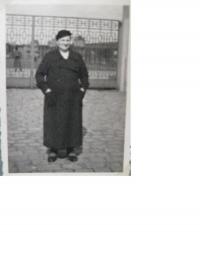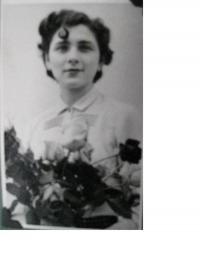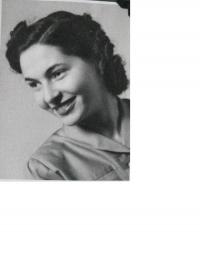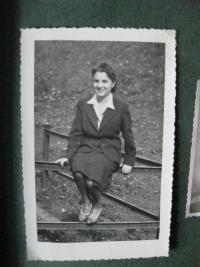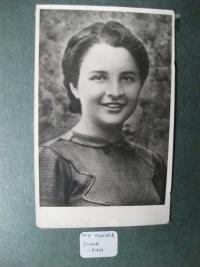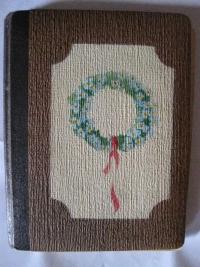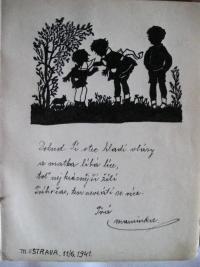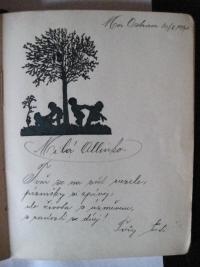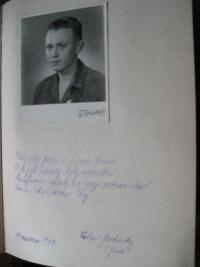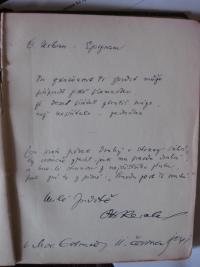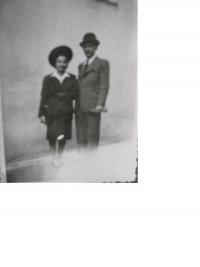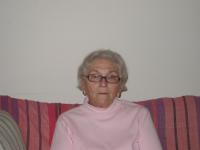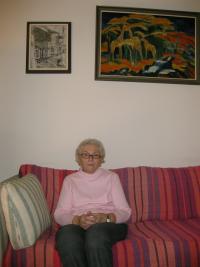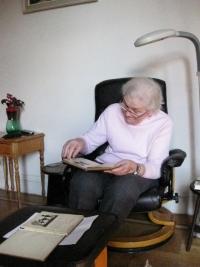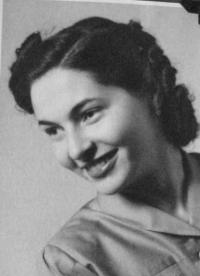I am from Czechoslovakia. I was born there and lived there for many years.
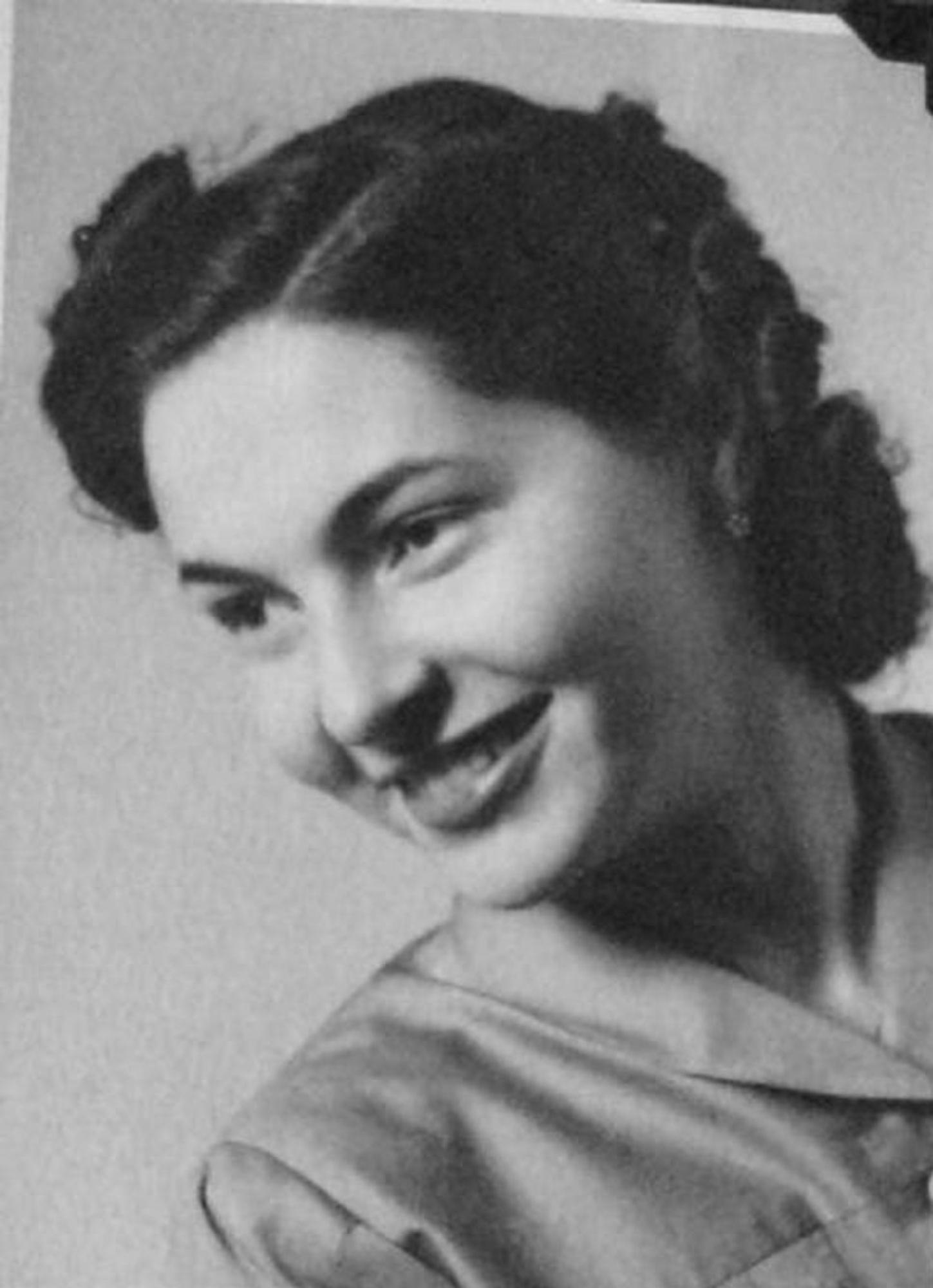
Download image
Judy Diamantová was born in 1932 as Judita (Judith) Riffová into a Jewish family in Ostrava. Her mom worked as a clerk and got divorced with Judith’s father shortly after her birth. She remarried a non-Jewish man, which shielded the family from the deportation to the ghetto. In 1943, Judith’s mother fell sick with tuberculosis and died, leaving her in the care of her stepfather. After the death of her mother, Judith’s stepfather decided to send her to Zlín for a couple of months. There, she was sheltered by some of his non-Jewish friends. By doing this, Judith’s stepfather had hoped to protect her from deportation to Theresienstadt. However, Judith was discovered and to Theresienstadt ghetto in March 1945. There she stayed untill the the ghetto’s liberation in May 1945. After liberation, Judith returned to Ostrava to live with her stepfather. Once returned, she learned that her grandmother and aunts had been murdered in Auschwitz. Moving forward, she completed grammar school and in December 1947 left for England to be with her Uncle, who emigrated there before the war. In February 1948, she was stopped in an attempt to return to Czechoslovakia by the embassy in London. In the beginning of the 1950’s, she went to Kenya to live with her relatives. Here, she met her husband who came from a Jewish family that originated in the area of the Russian town of Jekaterinoslaw. They lived together in Kenya and in the South African Republic. She has two daughters and moved to New York in 1999, where she can be close to her daughters and grandchildren.
